Nettle
Leaf
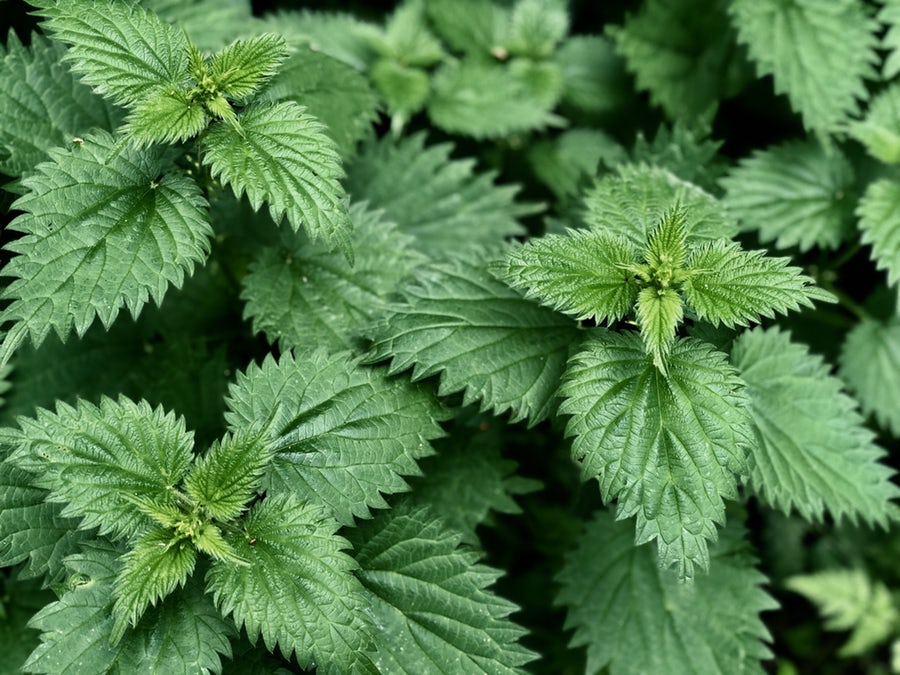
Nettle Leaf is a versatile herb known for its numerous health benefits and uses in traditional medicine. It is often used for its nutritional content and its ability to support various aspects of health and well-being. Nettle Leaf is a herbaceous perennial plant with stinging hairs on its leaves and stems. Despite its sting, it has been used for centuries for its medicinal properties. Nettle is valued for its high nutrient content and is commonly used in teas, tinctures, and culinary dishes.
1. Size:
- Nettle Leaf typically grows between 2 to 4 feet (60 to 120 cm) tall. The plant can spread outwards to about 2 feet (60 cm) wide, forming a dense cluster.
2. Color:
- The leaves are dark green and have a somewhat serrated edge. Nettle plants produce small, greenish flowers that are not particularly showy.
3. Texture:
- The leaves have a coarse texture with tiny, stinging hairs that can irritate the skin upon contact. The stems are sturdy and also covered in stinging hairs.
4. Fragrance:
- Nettle Leaf has a mild, herbaceous aroma with a hint of earthiness. The smell is not strong but is noticeable when the leaves are crushed or brewed.
5. Uses:
- Nettle Leaf is known for its anti-inflammatory, antioxidant, and diuretic properties. It is often used to support joint health, reduce allergy symptoms, and improve urinary function.
- The leaves can be used in soups, teas, and salads after being cooked or steamed to neutralize their stinging effect.
- Nettle is used in topical treatments to soothe and treat skin conditions such as eczema and acne.
6. Habitat:
- Nettle Leaf thrives in a variety of environments, including moist, nutrient-rich soils in shaded or partially shaded areas. It is commonly found in woodlands, meadows, and along riverbanks.
- Nettle is native to Europe, Asia, and North America, and can be grown in many temperate regions.
7. Cultural Significance:
- Nettle Leaf has a long history in traditional medicine, particularly in European and Native American practices. It has been used for its purported ability to alleviate symptoms of arthritis, allergies, and other ailments.
- In folklore, nettle has been associated with protection and healing, often used in rituals and remedies for its purifying qualities.
Spiritual Properties
- Purification and Protection: Nettle Leaf is believed to have protective and purifying properties. It is used in spiritual practices to cleanse spaces and protect against negative energies.
- Strength and Resilience: The plant’s ability to thrive in various conditions symbolizes strength and resilience, often used in rituals to enhance personal fortitude and mental clarity.
Medicinal Properties
- Anti-inflammatory: Nettle Leaf has anti-inflammatory properties that can help reduce pain and swelling, particularly in conditions like arthritis.
- Antioxidant: The herb contains antioxidants that help protect cells from oxidative damage.
- Diuretic: Nettle Leaf acts as a natural diuretic, promoting healthy urinary function and reducing fluid retention.
- Nutritional: It is rich in vitamins and minerals, including vitamin C, iron, and calcium, which support overall health.
Adverse Actions & Side Effects
- Skin Irritation: Direct contact with fresh nettle leaves can cause skin irritation or a stinging sensation.
- Interactions with Medications: Nettle may interact with certain medications, such as blood thinners or diuretics, potentially affecting their efficacy.
Side Effects:
- Digestive Upset: Ingesting large amounts of nettle or its supplements can cause digestive issues such as nausea or upset stomach.
- Allergic Reactions: Some individuals may experience allergic reactions, including rash or itching.
- Blood Pressure Changes: Nettle may affect blood pressure, so individuals with hypertension should consult a healthcare provider before use.
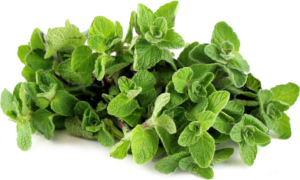
Za’atar
za'atar Za'atar is both the name of a Middle Eastern herb and a spice blend made from that herb, mixed with other ingredients like sumac,
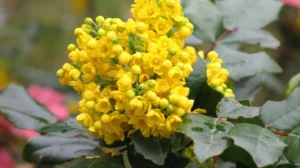
Oregon Grape Root
Oregon Grape Root Oregon Grape Root (Mahonia aquifolium) is a perennial evergreen shrub native to the Pacific Northwest region of North America. It is known
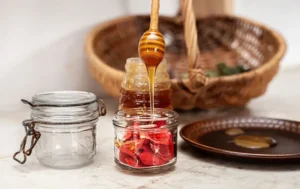
Herbal-Infused Protection Honey
Herbal-Infused Protection Honey This herbal-infused honey is perfect for enhancing spiritual protection and promoting healing energy when used in meals or teas. It creates a
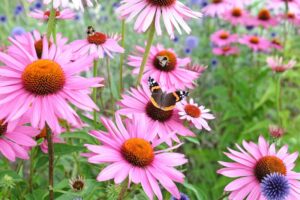
Echinacea Purpurea Leaf
Echinacea Purpurea Leaf Echinacea Purpurea Leaf is a well-known herb valued for its immune-boosting properties and use in traditional medicine. It is commonly used to
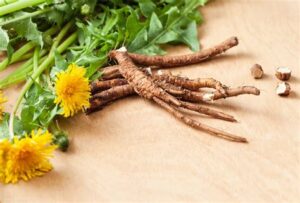
Dandelion Root
Dandelion Root Dandelion Root, derived from the Taraxacum officinale plant, is a well-known herb in traditional medicine and herbal remedies. While often regarded as a
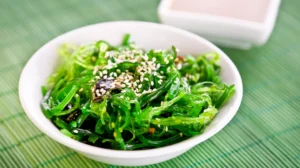
Kelp
Kelp Kelp is a type of large brown seaweed that grows in underwater forests in shallow ocean waters. It is known for its high nutrient